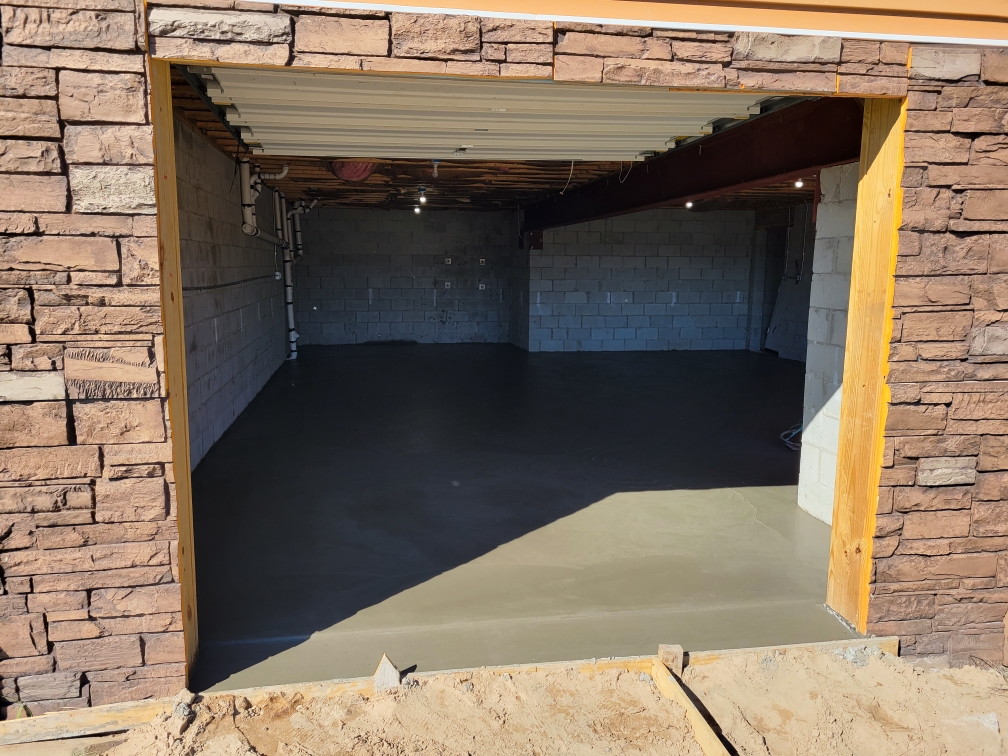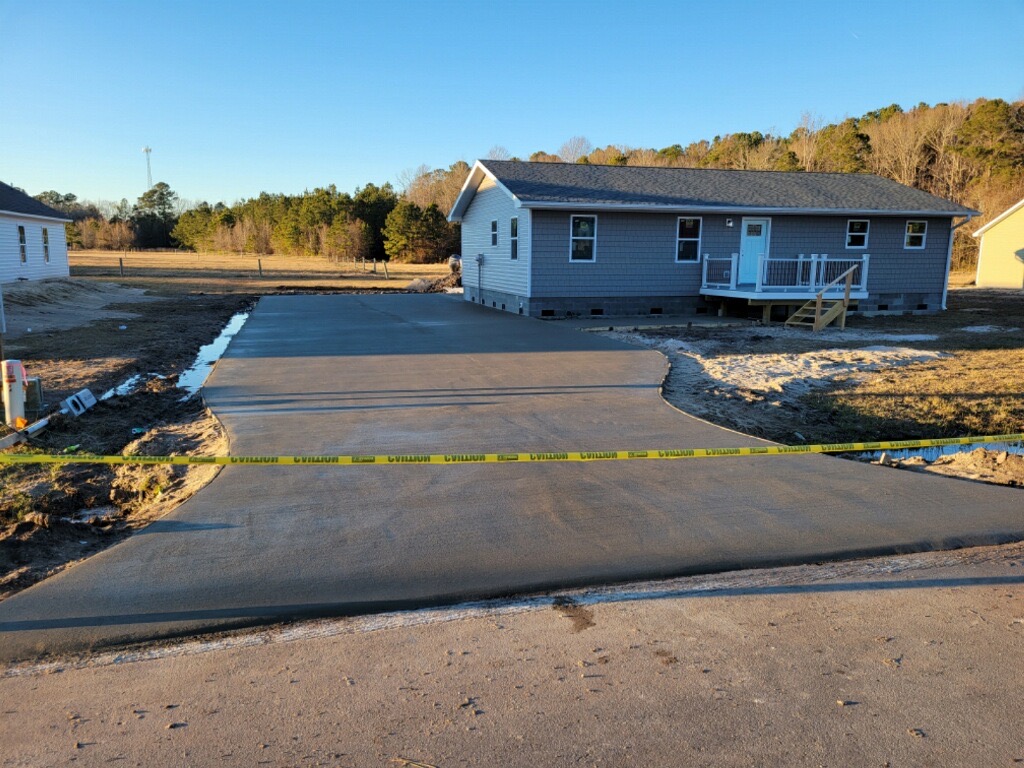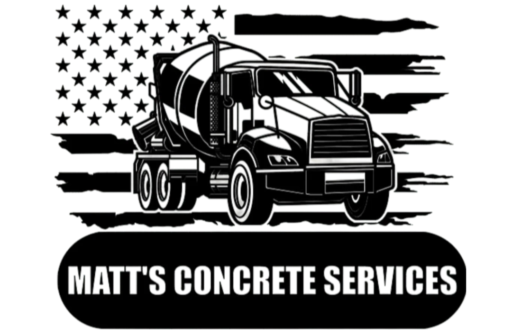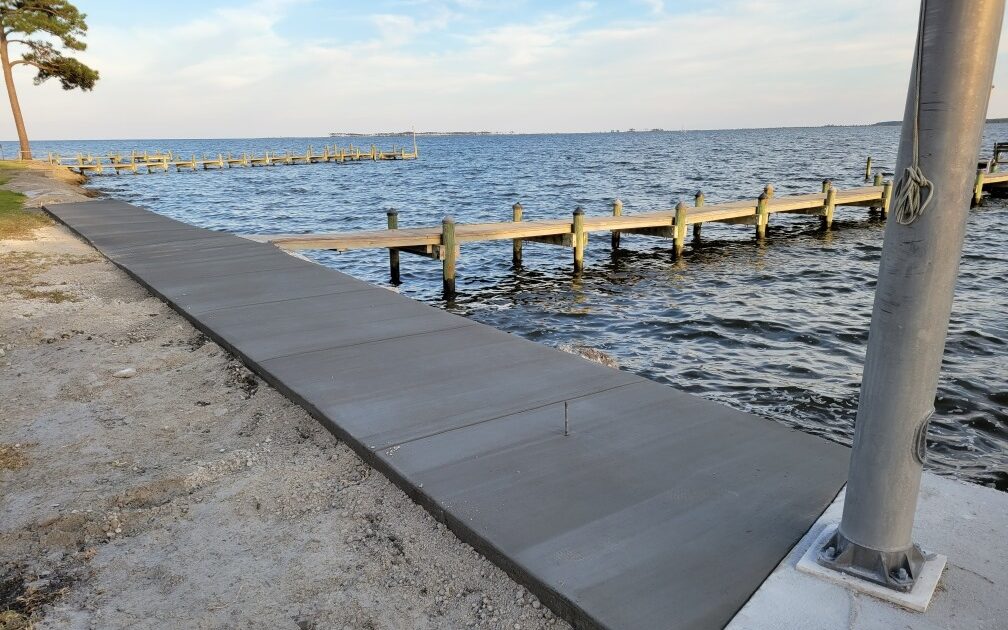
DIY vs. Professional Installation
Embarking on a concrete project requires careful consideration of your budget. In this blog post, we’ll break down the pros and cons of DIY and professional concrete installations. This list will help you make an informed decision that aligns with your financial goals and project expectations.
DIY Concrete Projects: Budget Pros and Cons
When opting for a DIY concrete project, the potential for cost savings is a major draw. There are budget-friendly aspects, including reduced labor costs and the ability to shop for materials within your budget yourself. However, there can be many hidden costs that costs that DIYers might encounter, such as tool rentals, unexpected complications, and the value of your time.
Professional Concrete Installation: Understanding Costs
Unravel the costs associated with hiring a professional concrete contractor. While the upfront expenses may seem higher, it’s important to consider the value these costs bring. This includes access to high-quality materials, specialized equipment, and the assurance of a job done right the first time. Professional installations may save you money in the long run by minimizing the risk of costly mistakes you might make!
Material Quality: A Look Beyond the Price Tag
Investigate the role of material quality in your concrete budget. DIY projects may offer flexibility in choosing materials, but a contractor can help highlight the importance of professional-grade options and how they contribute to the durability and longevity of your project.
Tools & Equipment: Renting vs. Owning:
Compare the costs of renting tools for a DIY project versus the investment in professional-grade equipment that contractors bring to the table. Financial implications and convenience factors are associated with each option.
Unexpected Surprises:
It’s always a good rule of thumb to anticipate unexpected surprises that may arise in both DIY and professional installations. From project delays to unforeseen challenges, understanding these variables will help you plan for a realistic budget.
Long Term Value: Investing Wisely in Your Project
Consider the long-term value of your concrete project. Explore how the investment in a professional installation pays off over time, providing lasting quality and minimizing the need for future repairs or replacements. Plus, if you choose Matt’s Concrete, he’s only a phone call or text away!
Budgeting for your concrete project involves more than just the upfront costs. By weighing the pros and cons of DIY and professional installations, you can make a well-informed decision that aligns with your financial goals.
If you do choose to go the professional route, let us know and we can come give you a FREE estimate!

Driveway Replacement
To Repair or Replace?
The cold weather seasons can bring in beautiful scenery; however, with the cold comes dangers as well. This can especially be true when it comes to your concrete driveway. While it is very durable, it can suffer by taking in ice, sleet, snow, and slush for a duration of time – and Eastern North Carolina has been seeing quite a bit of that lately!
With our area not seeing these effects very often, the ice that we do get can be very unforgiving. If you’re faced with the decision to repair or replace your driveway after a season of unpredictable weather has come through, be aware of the following signs to determine what steps you need to take next.
Signs to Look For
Knowing the severity of damage to your concrete driveway requires an understanding of what a damaged driveway looks like. The most obvious warning sign is cracks – big or small!
These run across the surface of your driveway and can expand and deepen if you use chemicals to get rid of snow or ice. Cracks can also deepen from having water from rain or melted snow seep into its existing fractures. When the temperatures drop and the water freezes up again, the ice expands, widening the crack even further.
The other common driveway imperfection to be aware of is sunken areas or divots. If the sub-grade wasn’t properly prepared, the concrete will not have proper support and will be prone to sinking. Without proper support and the presence of thick snow/ice, it is easy for even durable concrete to give way to divots.
Survey the Damage
It is important to remember that each case is different and should be approached with a different technique. However, there is a basic rule of thumb to follow that cracks or divots over 2 inches deep are better off being replaced, while lesser imperfections could be fixed with a resurfacing.
You will also need to take your driveway’s age into consideration. Age can be the largest determining factor of how susceptible it is to damage. Younger driveways that are already cracking will most likely continue to split, as they probably were not installed properly and need to be inspected for repair immediately.
The bottom line is that it can be tough to decide whether it is best to resurface your concrete or to go all in and replace it. While there are basic signs and guidelines for you to take note of, it is always better to have an experienced and trusted opinion on the matter.
While certain imperfections and damages can be seen plain as day, there might be some greater source of the problem that you can’t see on the surface. Regardless of what you decide, having it done will be incredibly beneficial so that you are ready throughout any season.

